Out Of The Furnace Ending Explained: Why Was Russell Free?
The 2013 American criminal drama film, Out of the Furnace, was directed by Scott Cooper and written by Brad Ingelsby. Co-produced by Leonardo DiCaprio and Ridley Scott, the movie holds a 6.7 rating on IMDB, implying that it was well-received by viewers. However, some audience members were left perplexed by the ending and had lingering questions about the plot. They wondered about the significance of certain letters, the reasons behind Russell’s release, and more. If you too have similar inquiries, you’re in luck. In this article, we will delve into the explanation of the ending of “Out of the Furnace.”
The movie received accolades at the 2013 Rome Film Festival, winning both the Best Debut and Second Film prizes. It garnered nominations at prestigious film festivals such as London, Rome, Denver, and African American film festivals. The star-studded cast, featuring Christian Bale, Woody Harrelson, Casey Affleck, Willem Dafoe, and Zoe Saldana, delivered exceptional performances that cannot go unnoticed.
Plot
The film centers around Russell (Bale), a hardworking steel mill worker from Pennsylvania, and his brother Rodney (Affleck), a war veteran struggling to adapt to civilian life. Their difficulties lead them down a dark path when they become involved with John Petty (Dafoe), a bar manager involved in illegal gambling operations. Petty convinces Rodney to participate in bare-knuckle fights for money. However, Rodney’s mounting gambling debts force him to beg Petty for a high-stakes match. In response, Petty arranges for Rodney to fight a dangerous criminal group, but Rodney mysteriously disappears. Determined to uncover the truth, Russell embarks on a journey to find his missing brother.
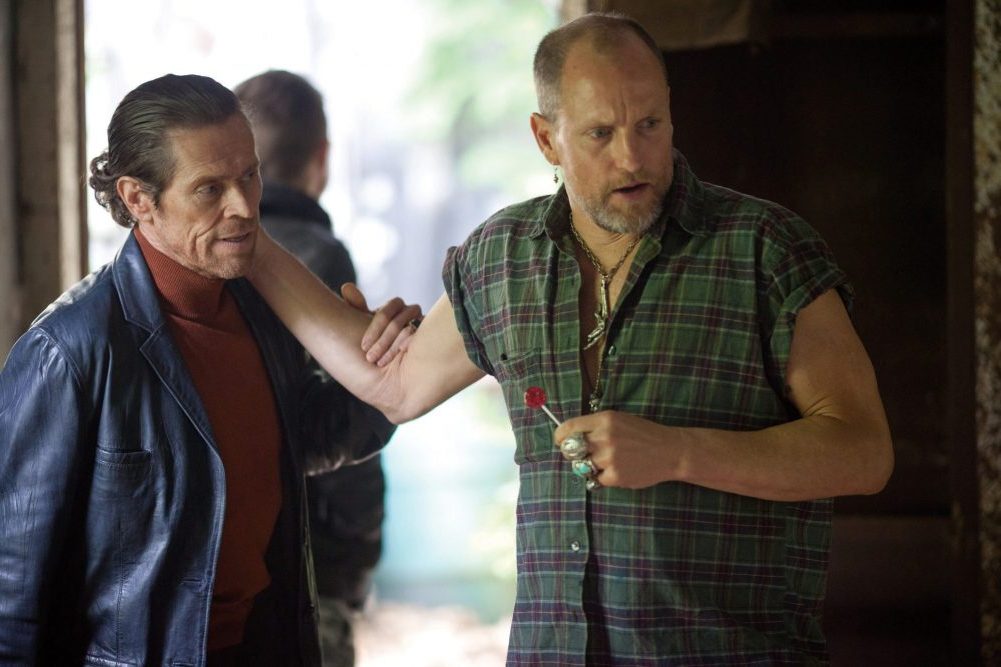
Out Of The Furnace Ending Explained
In a dramatic turn of events, Russell seeks revenge on Harlan DeGroat, the meth-addicted crime leader responsible for his brother’s untimely death. With the local sheriff, played by Whitaker, present, Russell takes matters into his own hands and eliminates Harlan. After the intense encounter, the scene shifts to Russell’s living room, where he sits calmly, engrossed in reading some letters. Director Cooper explains that this closing shot pays tribute to the legendary film, “The Godfather Part II,” adding a touch of homage to its iconic status.
Russel Baze was not held in custody after DeGroat’s murder, and the reasons for this were quite evident. However, allow me to address any lingering doubts you may have. The Sheriff released Russel as a form of recompense for DeGroat stealing away the love of his life while Russel was incarcerated. The Sheriff also believed that DeGroat deserved to meet his demise and recognized the immense suffering Russel had already endured outside of prison. Russel, fearing potential arrest or harm from the police if he hadn’t taken down Harlan DeGroat, never anticipated that the Sheriff would set him free and even strive to rectify the situation. The Sheriff’s decision to release Russel was further motivated by his belief that DeGroat’s demise was justified, finding a sense of closure in the outcome.
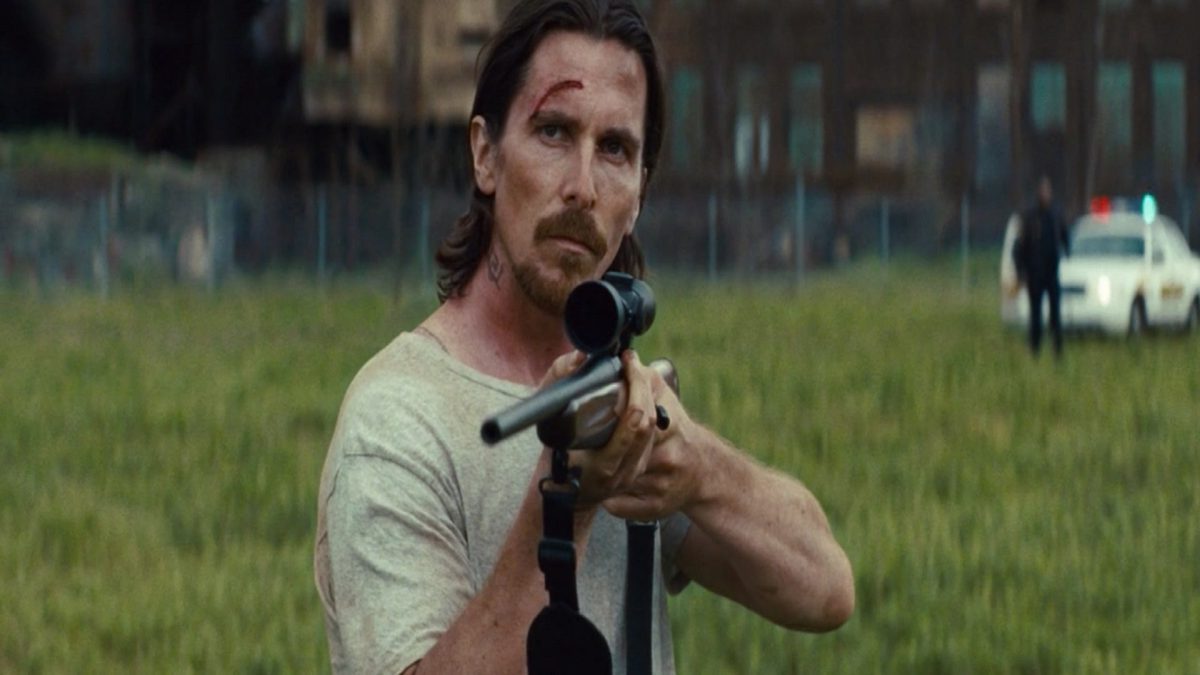
What Were Those Letters?
It is known to us that during his time in prison, he would write letters but instead of sending them, he would stack them up. The fact that Russell is reading those letters in this place highlights the thoughts he may be experiencing, including the memories of the people he has lost, such as Rodney and his father, along with many others. This, along with a feeling of despair, raises the question of whether Russell will be able to carry on as he always did, regardless of the circumstances.
The outstretched arm symbolizes his complete depletion of strength and moral integrity, signifying his shattered state as an individual. It also serves as a poignant metaphor for the deteriorated condition of the arms that once contributed to the construction of America, now weakened and fractured due to the prevalence of violence, corruption, and the apathy of both governments and capitalists towards human welfare. His brother’s military service only resulted in lasting psychological wounds, devoid of any recognition or compensation. Moreover, his father’s illness can be attributed to the mill he toiled at, which was forced to shut down as industrialists sought cheaper steel alternatives from countries like China and elsewhere.
In the concluding scene, a man sought vengeance but gained no satisfaction, realizing that killing provided no solace. He, too, became a victim in his pursuit. Almost every significant character fell prey to unfortunate circumstances beyond their control. Harlan reluctantly confronted the brother to settle a debt with his partner, leaving the brother as an unfortunate bystander. Even Degroat, while shooting him, felt remorse. Ultimately, each party involved experienced a worsening of their situations, helpless to alter their fates.
You can currently stream the movie on Amazon Prime.
Additionally, be sure to check out: The Fate of Mutants in Logan and the Mysterious Disappearance of the X-Men.

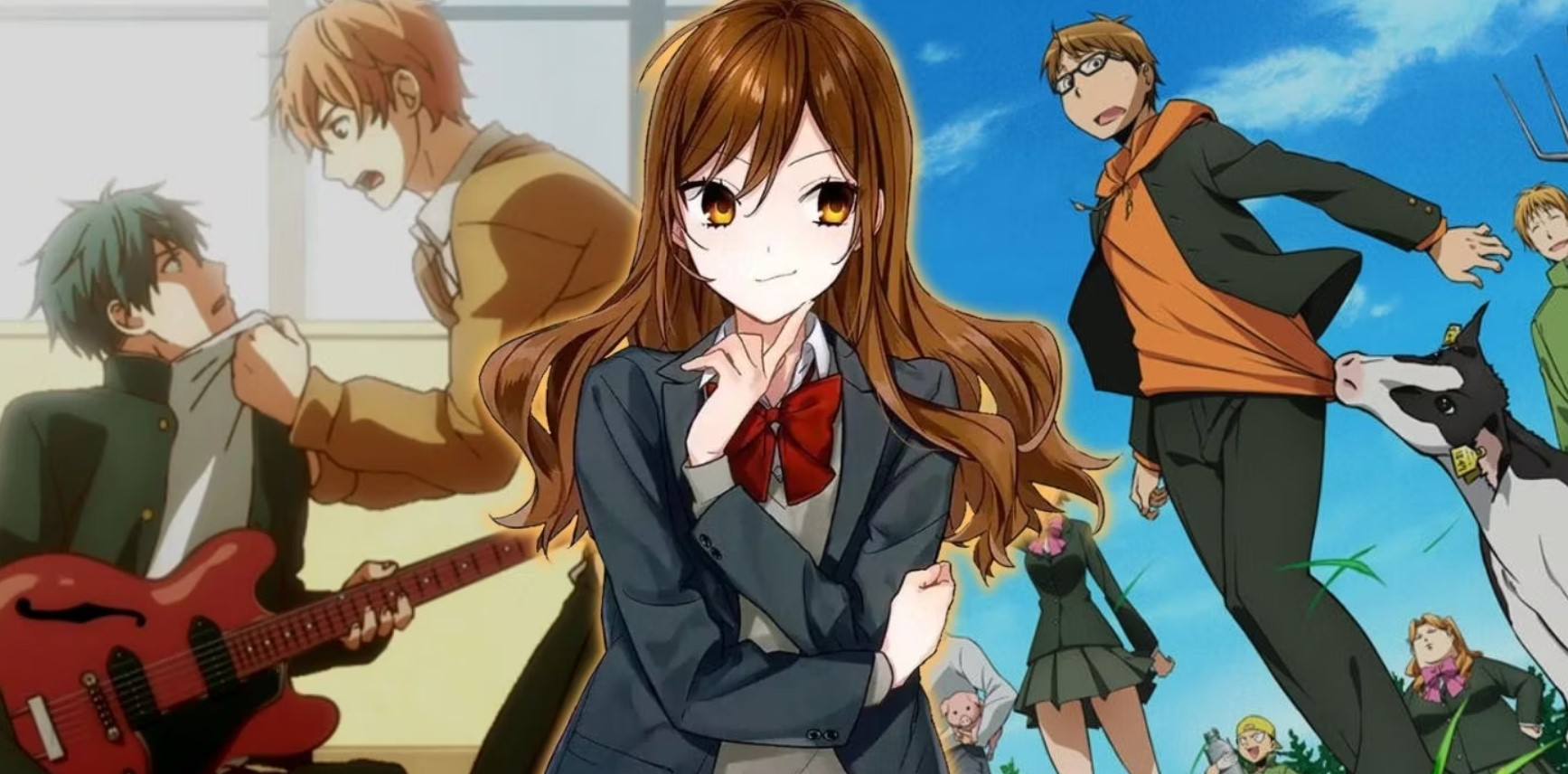
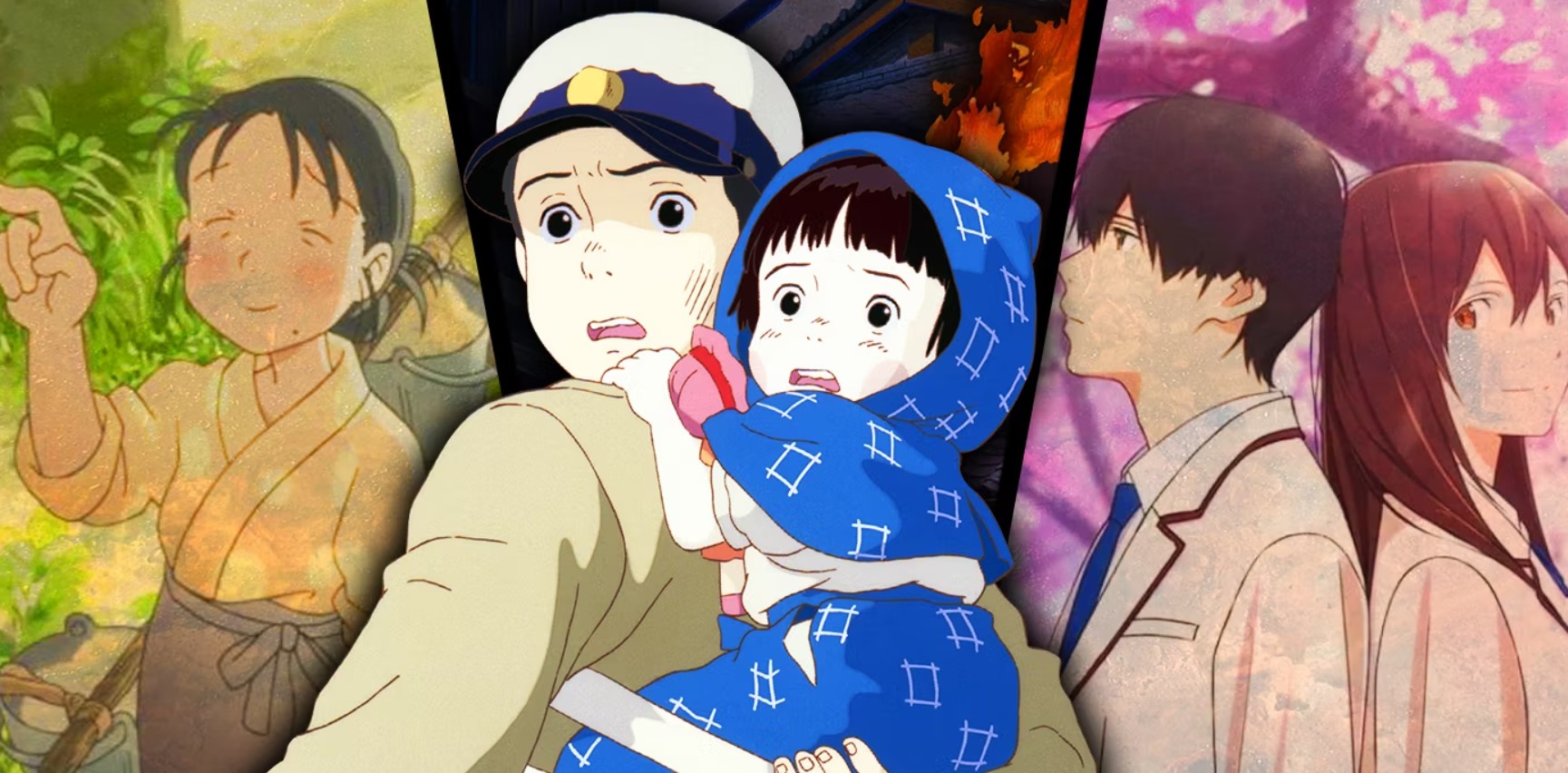
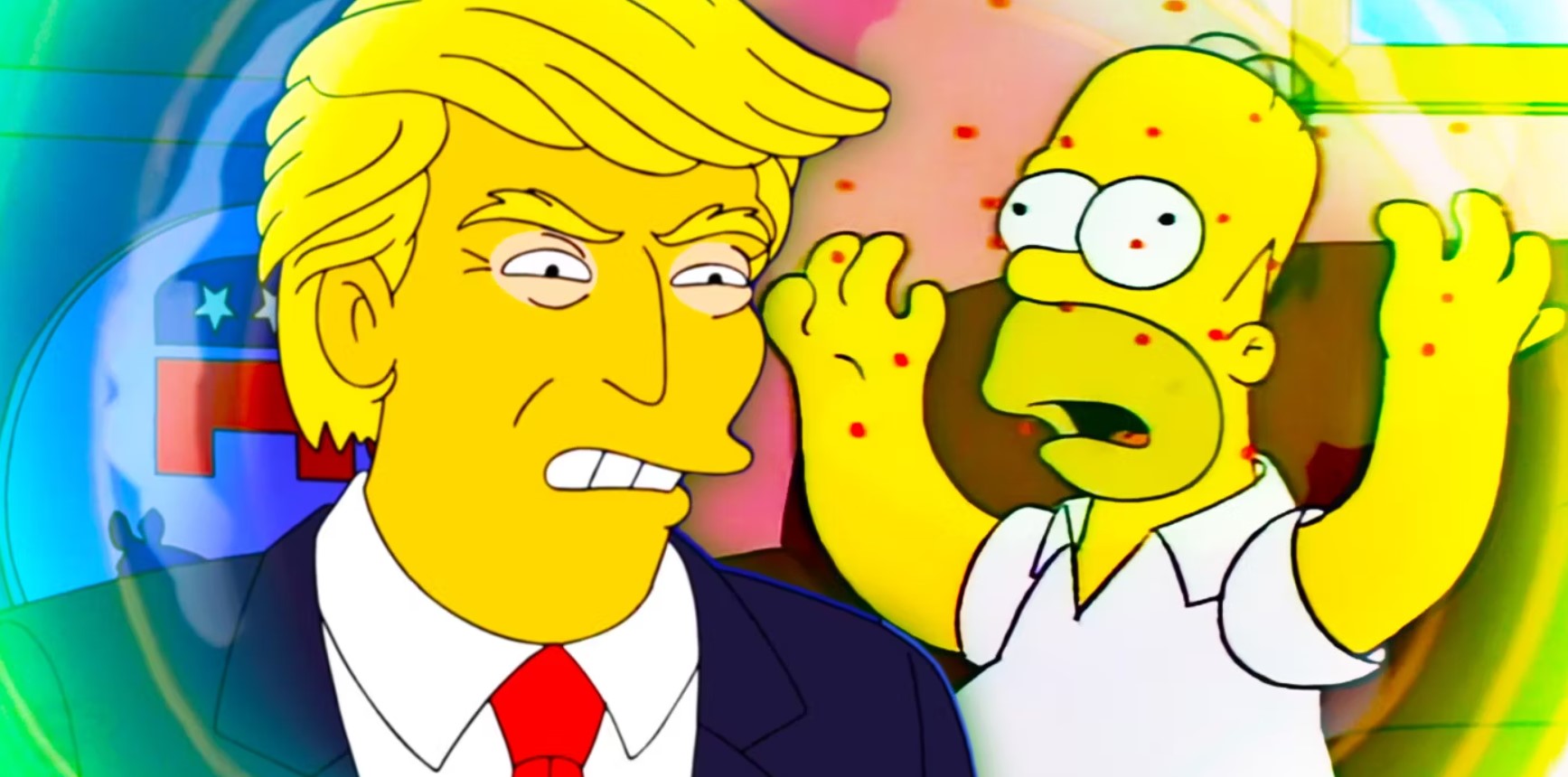
Post Comment